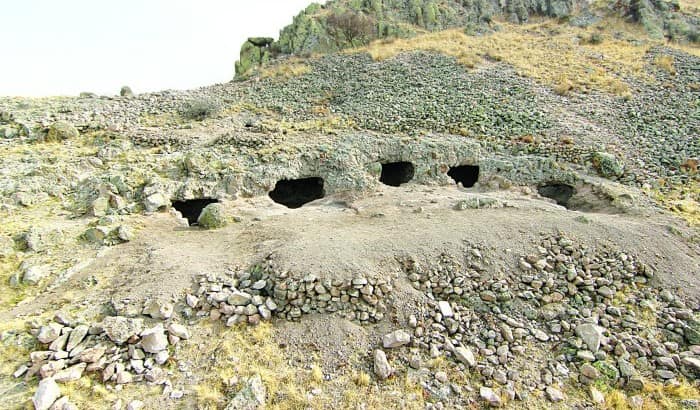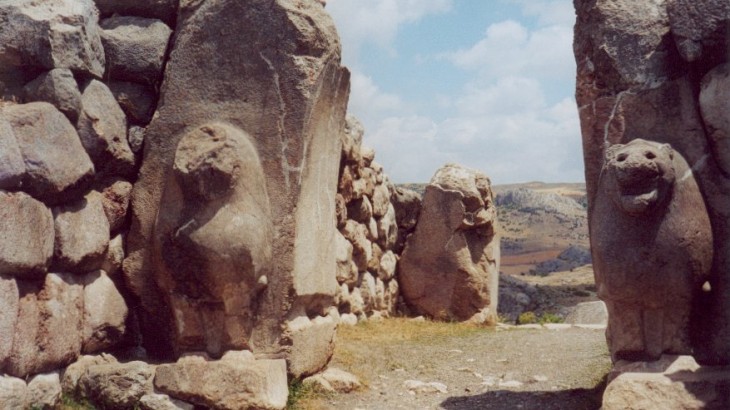4,000-Year-Old Hidden Tunnel Discovered in Ancient Castle in Turkey
In Turkey, Central Anatolia, a Hittite castle secret tunnel was excavated. The tunnel is about 4,000 years old and is part of the castle of Geval Castle. Nearly 150 meters of the tunnel were dug and investigated at this point; the rest is sealed off with a vault.
Geval Castle, where the Secret Tunnel of Hittite castle was found, is at the peak of Takkei Mountain, at 1,700 meters, some 7 kilometers west of the modern-day town of Konya, which is Turkey‘s 7th city in Turkey by population. However, in ancient times, Konya had several civilizations, thanks to its strategic placement and a 360-degree view of the area around it.
Thanks to this, not only Hittites but also Ancient Greeks, Romans, Byzantines, Seljuks and the Ottoman Empire used Geval Castle as an important defensive structure.
The archaeological excavation in Geval Castle began in 2022 and has been supervised by the Turkish Ministry of Culture, the Municipality of Seljuk, the University of Necmettin Erbakan and the General Directorate of the Konya Museum.

According to a prominent archeology site in Turkey, Arkeolo Jihaber, the team of excavators has managed to find numerous items from the Hittite era, including some ceramic pots and pans, several different metal objects and an assortment of different small hand goods. In 2022, archeologists unearthed a temple from this era and various rock-hewn cisterns.
The Hittite castle secret tunnel that the archeologists have found now dates back about four thousand years and was in all likelihood used extensively in the Seljuk era between the 11th and 12th century AD.
According to Çaycı, the team of archeologists will take a break from investigating the secret tunnel and the Geval Castle itself and will continue excavations in May next year.
This Hittite castle secret tunnel could be of great help to archeologists and historians in understanding the Hittites and their history a bit better.
The Hittites were an ancient people residing mostly in Anatolia, modern-day Turkey, who founded an empire at Hattusa (north-central Anatolia) around 18BC.
The Hittite empire reached its peak in the 14th century BC under the rule of Suppoluliuma First and Mursili Second, when it covered the majority of Asia Minor and parts of Upper Mesopotamia and the Levant.

Thanks to their use of iron, the Hittites were able to launch several very successful military campaigns in nearby regions. However, iron wasn’t the only reason for their success on the battlefield. The Hittites also used the light chariot. These were powered by two horses and were narrower and faster than what the other nations had at the time.
The Hittite empire reached its peak in the 14th century BC under the rule of Suppoluliuma First and Mursili Second, when it covered the majority of Asia Minor and parts of Upper Mesopotamia and the Levant. At one point, a few years after the battle at Kadesh (1275 BC), the daughter of the Hittite king Hattusilis the Third married the Egyptian pharaoh Ramses Second.

Following this, civil wars and rivaling claims to the throne weakened the Hittite Empire, until it finally collapsed around 1160 BC into several independent “Neo-Hittite” city-states, none of which lasted longer than the 8th century BC. Most of these city-states were later integrated into the Assyrian empire.
Neo or Syro-Hittite city-states were generally divided into two groups: northern, with a Hittite ruler still in power; and southern, which were ruled by Arameans since around 1000 BC.




